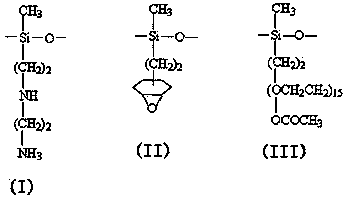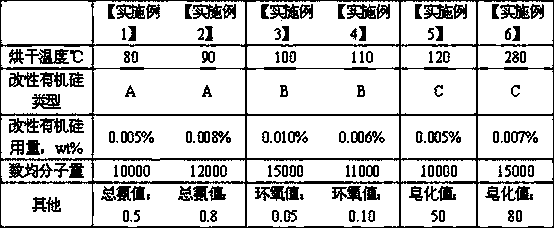Method for improving abrasion resistance of crude terephthalic acid hydrofining palladium-carbon catalyst
A crude terephthalic acid, palladium carbon catalyst technology, applied in chemical instruments and methods, organic compound/hydride/coordination complex catalysts, physical/chemical process catalysts, etc., can solve the problem of poor wear resistance of catalysts
- Summary
- Abstract
- Description
- Claims
- Application Information
AI Technical Summary
Problems solved by technology
Method used
Image
Examples
Embodiment 1
[0025] The fresh catalyst with a palladium mass percentage of 0.5% was dried at 80°C under nitrogen protection and cooled to room temperature; the ammonia-modified silicone with a number average molecular weight of 10000 and a mass percentage of 0.005% relative to the dry fresh catalyst was evenly sprayed on the On the freshly baked catalyst, the total ammonia value is 0.5, and then dried at 110°C under the protection of nitrogen. The analysis data of the catalyst are shown in Table 2.
Embodiment 2~6
[0027] Except the process condition change as shown in Table 1, other operation is as [Example 1]; The analysis data of catalyst is as Table 2.
PUM
| Property | Measurement | Unit |
|---|---|---|
| epoxy value | aaaaa | aaaaa |
Abstract
Description
Claims
Application Information
 Login to View More
Login to View More - R&D
- Intellectual Property
- Life Sciences
- Materials
- Tech Scout
- Unparalleled Data Quality
- Higher Quality Content
- 60% Fewer Hallucinations
Browse by: Latest US Patents, China's latest patents, Technical Efficacy Thesaurus, Application Domain, Technology Topic, Popular Technical Reports.
© 2025 PatSnap. All rights reserved.Legal|Privacy policy|Modern Slavery Act Transparency Statement|Sitemap|About US| Contact US: help@patsnap.com


